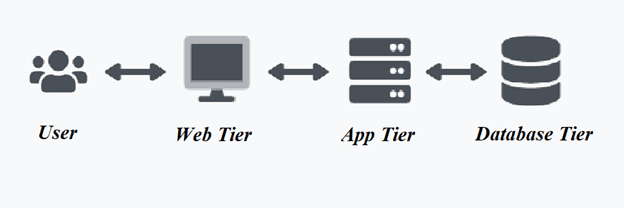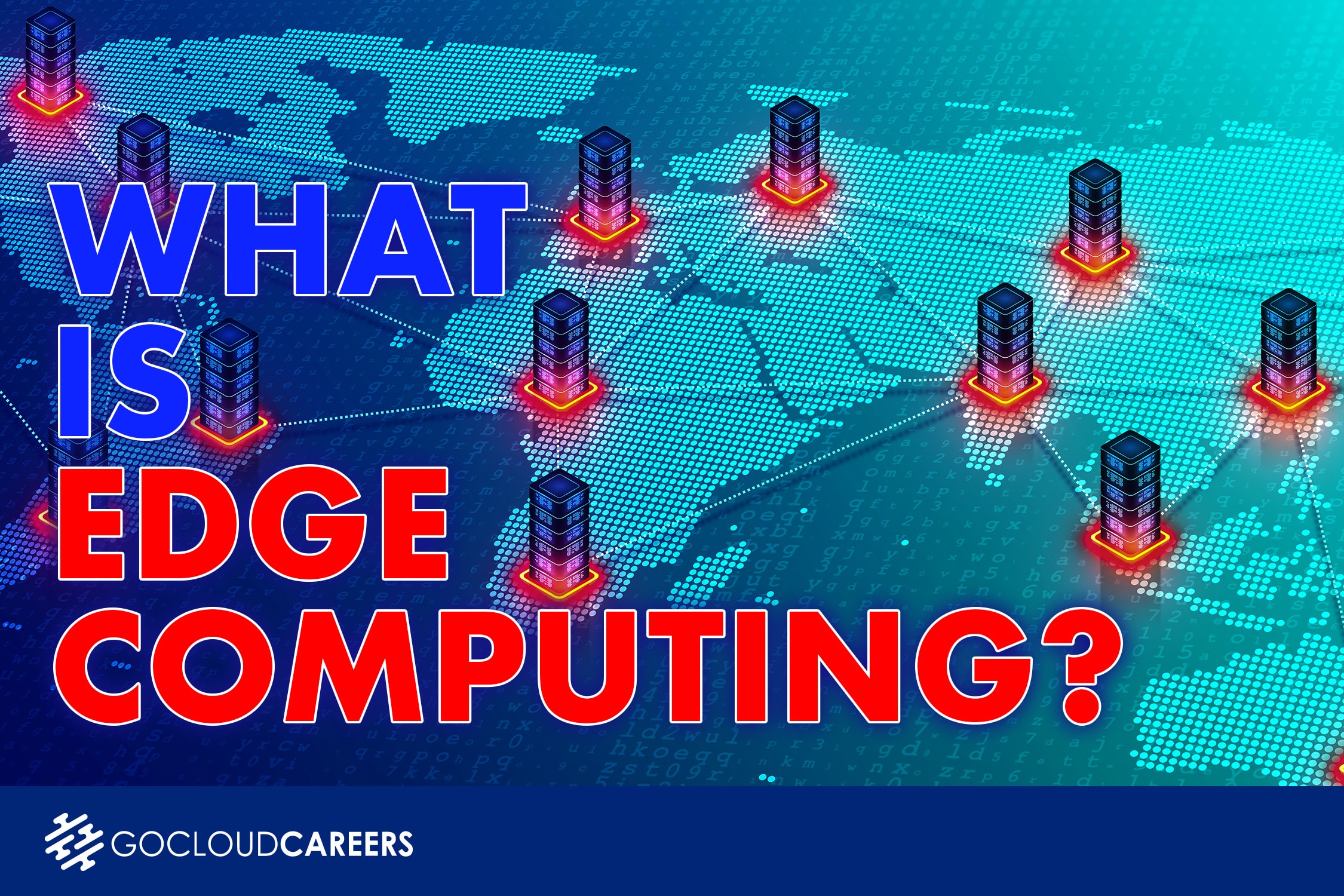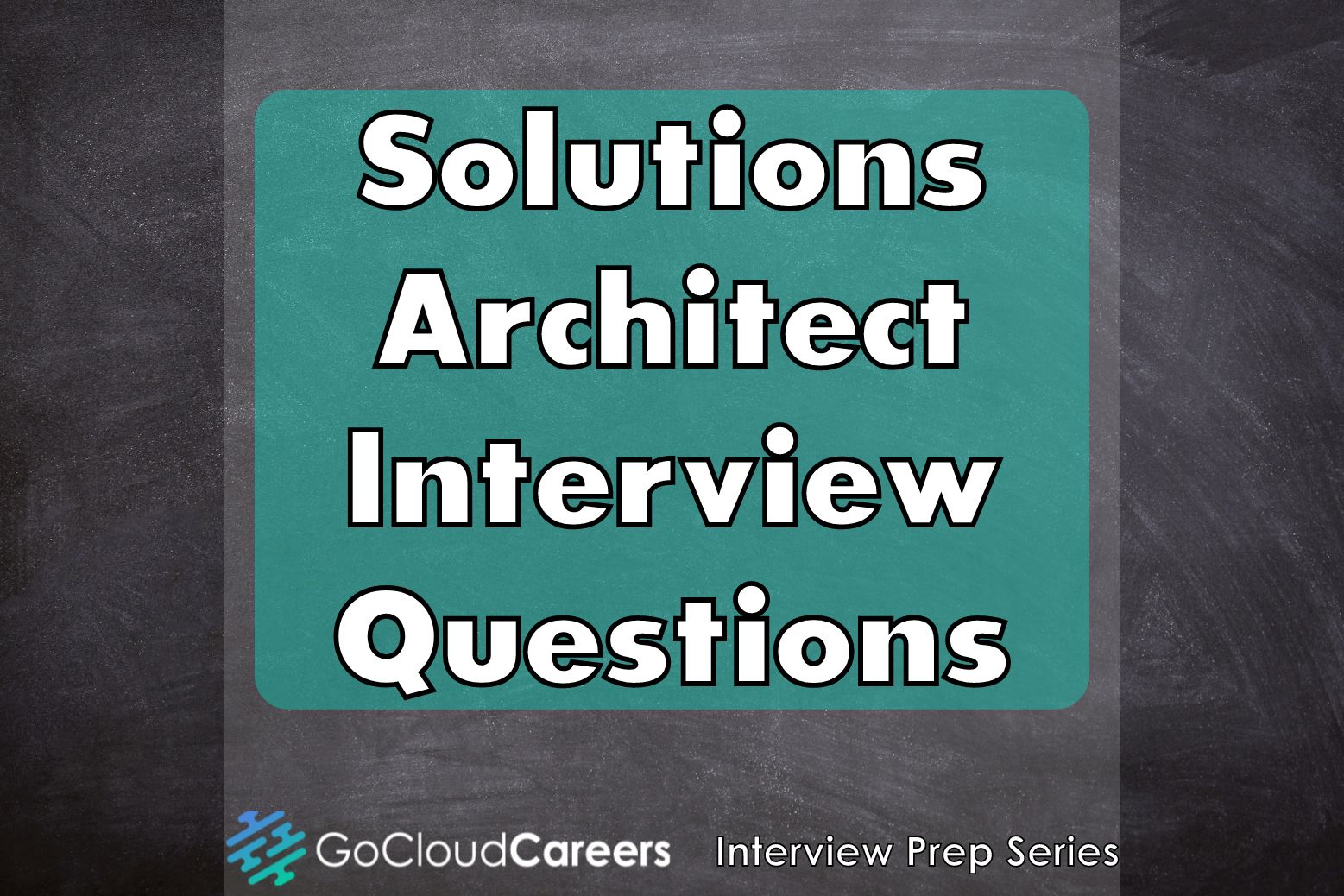
What Is Three-Tier Architecture? And Why Is It So Popular?
Many organizations use a three-tier web architecture, as it’s scalable, modular, and robust. We are often asked what a 3-tier architecture is. In this article, we will discuss what is a three-tier architecture and why it is used by organizations. We will also discuss how each tier works. Our focus here will be to provide a simple high-level understanding of the three-tier architecture.
About the Authors?
Hello! My name is Michael Gibbs, CEO and Founder of Go Cloud Architects. I’ve been working in technology for well over 25 years. We are dedicated to helping our clients build elite cloud computing careers. I’ve been working in technology for over 25 years, and I’ve spent 20 years of my career coaching or mentoring others to get their first tech job.
Hi, my name is Adam See. I am a cloud architect and student at Go Cloud Architects. My interest is in general cloud architecture as well as the security aspects of cloud computing.
The Three-Tier Architecture
A three-tier architecture is a well-established software design client-server architecture, which organizes applications into three logical and physical computing tiers. There is the web tier, or user interface, front end; the application tier, where the data is processed; and the database tier where data collected from the application tier is managed and stored.
So, why is the three-tier architecture so widely used? This is because each tier is logically and physically separated in terms of functionality. Each tier can run the operating system and server platform that is well suited to its functional requirements. Thus, each tier can be customized and optimized without affecting the other tiers as they are separate from each other.

How Each Tier Works
Web Tier
This is the first tier of the system, which is also known as the user interface. The function of this tier is to simply display information to the users and collect the information that users provide. This tier is generally known as a website, or a graphical user interface (GUI). It allows the users to interact with the website, such as an online shop, where they can add products to their shopping carts and edit their payment details.
This is usually developed by programmers using HTML, CSS, JavaScript, or any other front-end programming language.
Application Tier
Moving on to the middle tier: the logic tier. This is the core of the architecture where all the business logic is used to process the users’ information provided from the web tier.
Using the same example as the online shopping site mentioned above, the system will process the information provided by the users such as checking the availability of the product or adding details to the users’ profile. In this tier, it is often developed using the programming languages, such as Python, Java, and PHP, just to name a few.
Database Tier
This database tier (also known as data tier as the name suggested) is located at the back end where information provided is managed, stored, and retrieved when needed. The data in this tier is stored independently, and it is run by database management software, such as MySQL, Oracle, MongoDB, and Microsoft SQL Server.
Benefits of the Three-Tier Architecture
As mentioned, since each tier is separated and can run independently, it allows faster development as different development teams can work on their respective tier simultaneously rather than developing through stages.
In turn, this provides freedom to developers to focus on their own tier without affecting the entire project. Hence, the development team will be more efficient and creative in their development and produce a better outcome for the developed system.
Besides that, this architecture system increases scalability and reliability. This also means that a failure in one tier is less likely to affect the performance of other tiers. This architecture system also increases general security. This is because the web tier and database tier cannot “communicate” with each other directly, hence acting as an intermediary and adding some additional protection to the overall system.
Additionally, it provides flexibility to the organization that may want to adopt new technology in the future or drop a technology along the way they could easily just drop the idea and not affect other tiers.
Other Multi-Tier Architectures
There are also other multi-tier architectures such as two-tier architecture which consists of only the web tier and database tier, and it is also the original client-server architecture.
As for the process of the business logic, it happens on the web tier, this also means that the web tier has direct communication with the database tier. This architecture is less scalable as the end-users can directly access the data from the database tier.

Then there is the N-tier architecture, where N is the number of tiers in the client-server architecture. This architecture is rare, since having additional tiers in the architecture may offer a few benefits that fit specific instances, which could also make applications run slower, harder to manage, and more costly to maintain.

Summary
So why should you adopt three-tier architecture? Simply because it is easier to use as compared to other types of multi-tier architectures, and it offers a variety of benefits such as security of the developed system as mentioned before each tier is run separately and independently.
Cloud Architect Career Development Program
We’ll send you a nice letter once per week. No spam.


